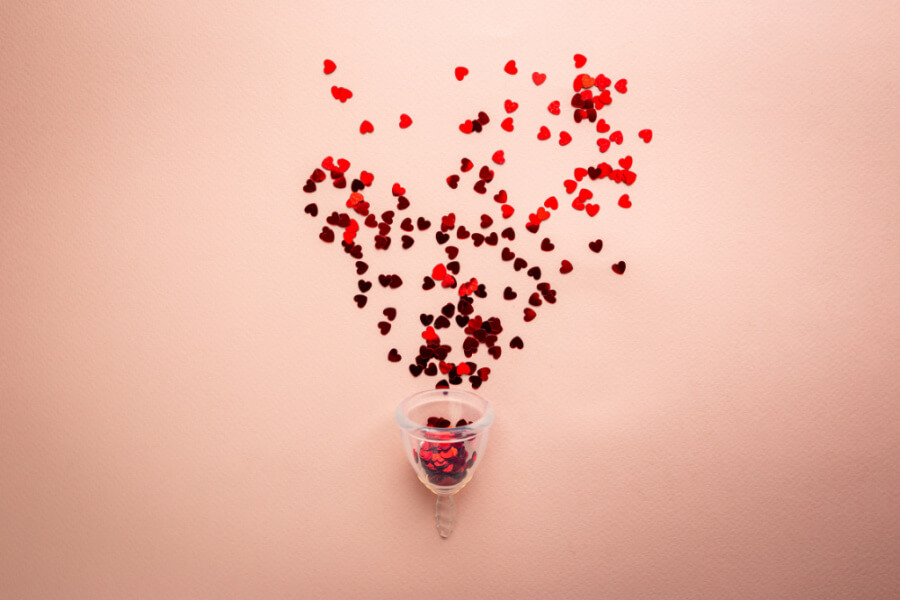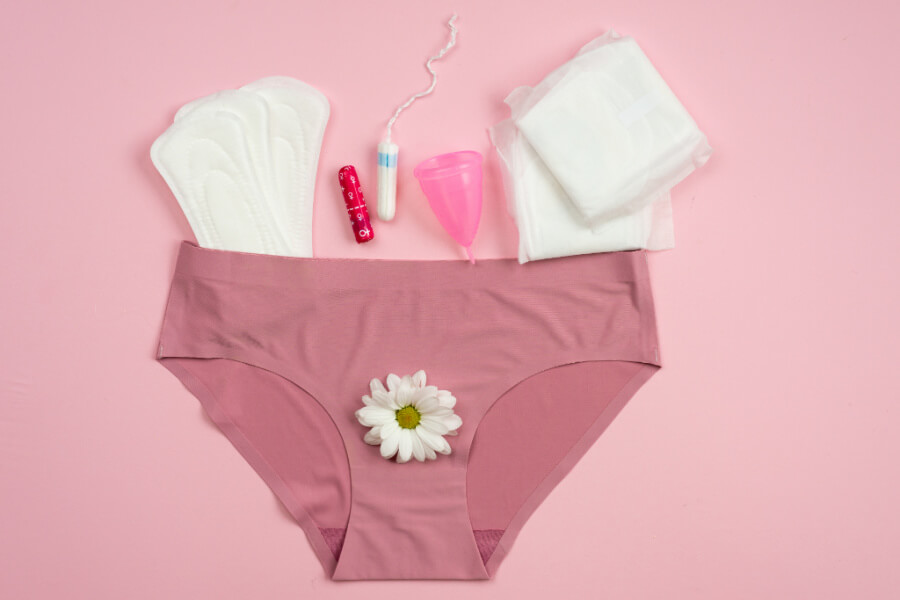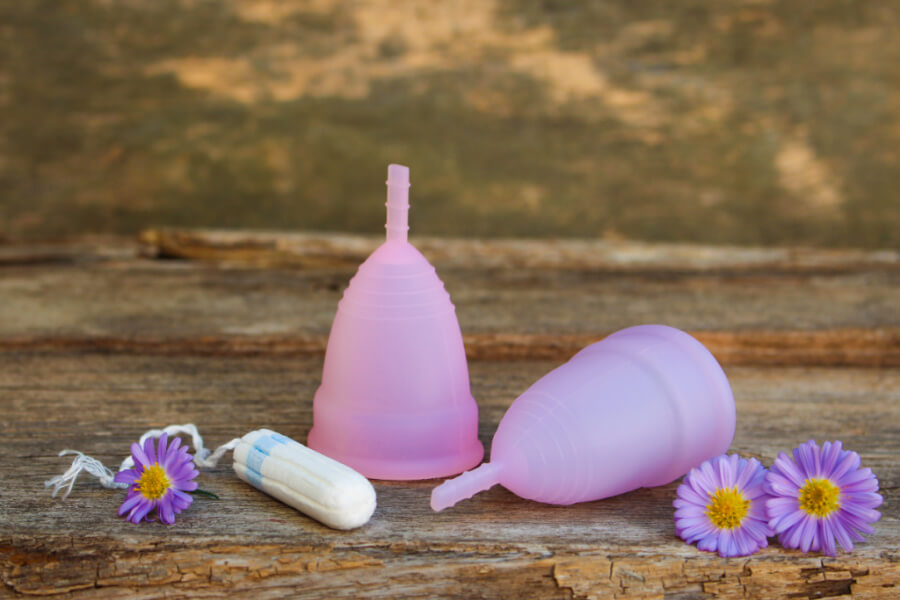Ever thought your period was well, switched to your pretty undies only to get random spotting at an odd point in your cycle? You are not alone, many women have spotting, but the key is to know whether you should be worried or not.
Spotting can be benign, and even a good sign but there are times when you want to investigate it further. Here is the complete guide:
Spotting Before Your Period
This is when you get that odd spot in your knickers throughout the few days leading up to the period. Often it is a brownish colour and the blood is quite thin in consistency, not like a period or that dark icky sludgy stuff (check out this post for more on that).
When this happens, it is a sign of low progesterone. Progesterone holds an important part in holding the endometrium in place until your period. I really don’t like the term “low progesterone” as usually it is something else causing the low progesterone and just trying to help low progesterone isn’t going to help. The common real causes being, high cortisol, oestrogen dominance, and thyroid issues.

Stress Induced Spotting
Stress can cause “low progesterone” in two ways. First of all both cortisol, the hormone created when we are stressed and progesterone are made from the mother hormone, pregnenalone. However, pregnenalone is in limited supply so if your body senses you are stressed, it will always prioritise survival over reproduction so it will make more cortisol instead of progesterone. This is often called pregnenalone steal because the cortisol “steals” the pregnenalone.
And if that wasn’t bad enough, every hormone has a receptor and it must connect with that receptor site in order to do its job. However, cortisol blocks the progesterone receptors, so no matter how much progesterone you have, even if you slap on bio-identical progesterone cream, progesterone won’t be able to do it’s job. You can find out more about stress here.
Oestrogen Dominance
Oestrogen dominance is a bit of a misnomer. It essentially means that the ratio of oestrogen to progesterone is skewed, even if the values of oestrogen and progesterone are not in the normal ranges anyway. It may be that you have enough progesterone but your oestrogen is too high, so you get symptoms such as spotting before your period, PMS, sore breasts, heavy, long and painful periods. You can find out more about oestrogen dominance and what to do about it here.

Thyroid & Spotting
Your thyroid has a really interesting part to play in this. First of all, if you are oestrogen dominant, you will produce excess thyroid binding globulin (TBG) which will suppress thyroid function (which is why it is important to work on oestrogen dominance issues).
And as you have probably guessed, it isn’t that straight forward. Thyroid hormones T4 and T3 are required in the right amounts to help with the production of pregnenolone from cortisol. If you’re thinking this sounds familiar, you are right, we talked about it under the stress section. Low thyroid function means low progesterone which can result in spotting.
Spotting After Your Period
Ever had a period that seems to continue for a few days after the main period? So you get a period and then non period like spotting for a couple of days. There can be a few things that can cause this. Our friend oestrogen dominance being one. Inflammation can be another cause check out the root cause of inflammation here.
Inflammation can also happen due to certain sanitary products which are bleached and saturated in chemicals that irritate the vagina and this can cause irritation and bleeding. Find out more about how your sanitary products can affect your period and what you can use instead here.

Spotting Around Ovulation
I have been given two explanations as to why this can happen. First is said to be a sign of super fertility, when the body is producing a good amount of endometrium, it reaches its peak slightly before ovulation. Because ovulation hasn’t occurred yet, the lining continues to proliferate and the older layer which is degrading in quality starts to slough off.
The second explanation as in Lara Briden’s Period Repair Manual, is that when oestrogen drops off slightly before ovulation, it causes spotting.
In both these cases, if your menstrual cycles is otherwise healthy, then this spotting is generally ok. This kind of spotting should be bright red and or possibly a streak in the cervical fluid.
Spotting Throughout The Month
This is the type of spotting you need to start investigating. It could be a sign of oestrogen dominance, which you can read up about how to fix in this post. It could also be inflammation (check out these videos on inflammation and periods). Another thing that can cause spotting at strange times in the month is hormonal contraception/birth control. In this case, it can be an issue until you have been off the hormones for a while (sometimes up to two years).
There are however other causes that do need further investigation: bleeding and oestrogen based conditions (which can be helped by working on oestrogen dominance and lowering inflammation), such as endometriosis, fibroids, polyps, endometrial hyperplasia and adenomysis.
Other issues that require investigation are infections, such as thrush, cystitis, bacterial vaginosis STIs and cervical issues. It’s very rare but some of these issues can become serious if left so if you suspect you have any of these, it is worth getting your doctor to check it out.
And as ever, if you aren’t sure about spotting, it is worth getting it checked out first.
The information on this post is based on information learned in different specialist trainings, check out the About Me page.




